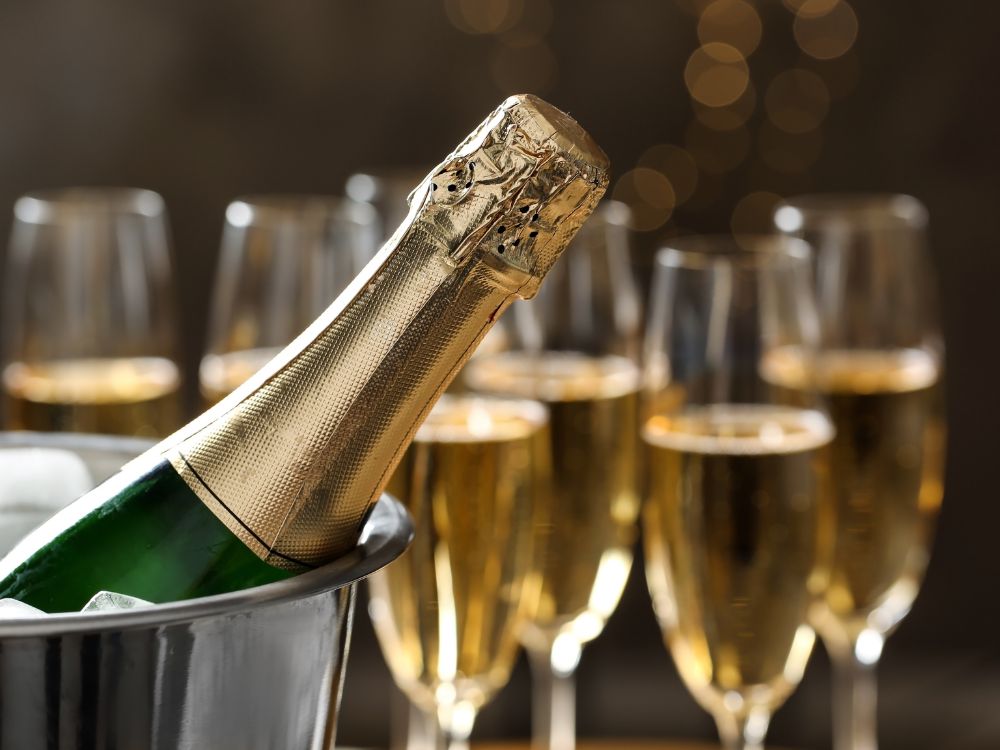
Lynne Coyle MW | Wine Director

Lynne Coyle MW | Wine Director
Champagne and Prosecco are the two most popular sparkling wines in the world and, although the terms are often used interchangeably, they are very different in their production, taste and style. Here, we take a look at some of the key differences between these famous bottles of bubbles.
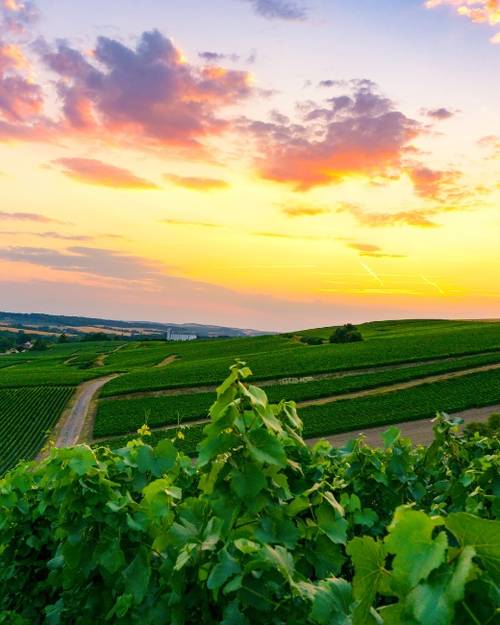
Champagne and Prosecco are both protected terms in the EU and can only come from strictly defined wine regions. Champagne is located in the far north of France and has a cool, wet climate which, along with the local limestone and chalky soils, helps to retain the characteristic acidity, lightness and finesse found in Champagne.
Prosecco is made in the Veneto-Venezia region in northeast Italy. It has a warm-temperate climate and this coupled with high rainfall provides perfect grape growing conditions. It also helps to give Prosecco its ripe peachy-pear flavour.

Most of the best-known Champagne brands are a blend of Chardonnay, Pinot Noir and Pinot Meunier. Vintage Champagnes are typically only made in the very best years and for the most prestigious wines. Most Champagnes are a blend of different vintages to keep the consistency of taste in each bottle, from year to year. To make rosé Champagne, Pinot Noir or Pinot Meunier grapes will be vinified as red wine and added in small amounts to give colour and red fruit flavour.
Prosecco's success is down to one workhorse grape variety, the local green skinned Glera grape. Every Prosecco must be at least 85 per cent Glera grapes; in practice, most winemakers will solely use this variety. Since the 2020 vintage, Prosecco can be made in a rosé style, whereby 10-15% of the red-skinned Pinot Noir grape variety can be added to the wine to give a pink colouration.
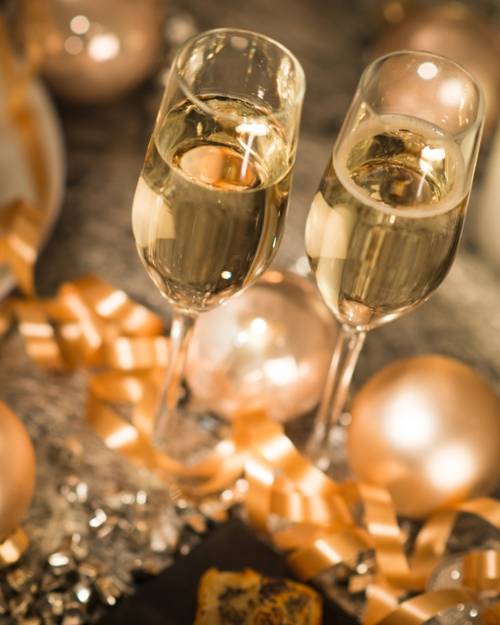
Although Champagne and Prosecco are both sparkling wines, they get their bubbles in very different ways. Both start their life fermented as any other still wine you might drink. It is a secondary fermentation that traps all those lovely bubbles.
Champagne is produced in the painstaking traditional method (often called Champagne Method), whereby this second fermentation happens inside the bottle. Sugar and yeast are added to the sealed bottle and the yeast feeds on the sugar, releasing alcohol and carbon dioxide. This CO₂ becomes trapped in the liquid, giving us all those tiny bubbles, we know and love. After all the sugar is consumed, the yeast cells die (now called lees) and are left in the bottle for at least 15 months, during which time they add that distinct yeasty, brioche/croissant flavour complexity.
Before releasing the wine, the winery removes these lees from the bottle through a process called disgorgement, whereby the dead yeasts are slowly collected in the neck of the bottle and expelled by the pressure of the gas inside.

Prosecco gets its bubbles via the Tank Method (or Charmat Method), where the same secondary fermentation process happens but in large stainless-steel tanks. This method is more efficient and less laborious than the Traditional Method, so Prosecco can be made quicker and more cheaply than Champagne.
Most Champagne is made in the Brut style, which is one of the drier styles of sparkling wine, whilst Prosecco is generally produced in the extra-dry style. The aroma profiles are very different. Champagne will take on that distinct bread yeast or pastry aroma from the lees ageing, over subtle citrus and green fruit flavours.
Prosecco will typically be bolder with more obvious vibrant warm fruit aromas. On the palate, Champagne will be typically drier and more mineral than Prosecco, which will usually be a little sweeter and display ripe stone fruit flavours.
That is completely up to you. Champagne and Prosecco are popular for good reasons - both are delicious and ideal food wines and are even better when shared with friends. But there is an exciting world of sparkling wines outside these regions, so don't be afraid to explore Cava, Crémant or sparkling wines from Australia and USA too.
Our wine experts have selected a trip of sparklers to suit any occasion or budget. There's classic Champagne, a French fizz that offers incredible and one of the finest Proseccos you can get your hands on!
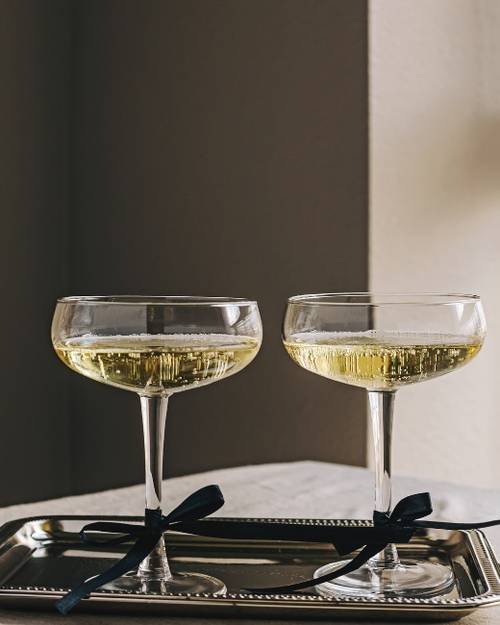
Champagne, France
€58

A true icon, a bottle of Taittinger Brut Réserve is a fabulous celebration bubbly. It’s a blend of Chardonnay, Pinot Noir and Pinot Meunier, and has beautiful notes of brioche, peach and white flowers. A stunner.
BUY NOW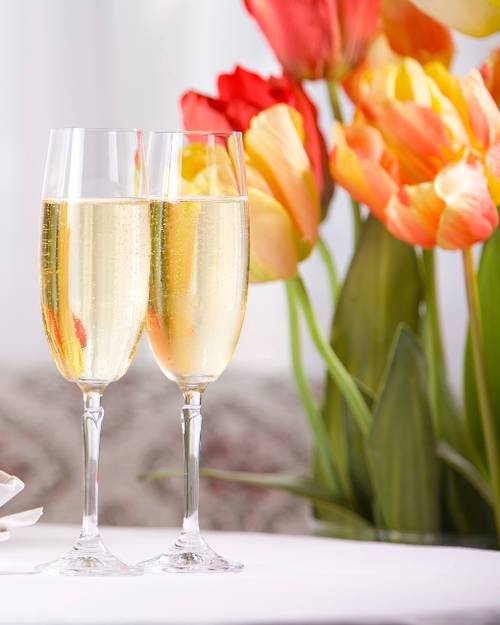
Burgundy, France
WAS €21.45 NOW €19.95 (Part of our spring savings offers.)

Not all French sparkling wines are Champagne – and there is some high quality fizz to be found from other regions. This fine example from the Cave de Lugny co-op in Burgundy’s Mâconnais region is made in the same method as Champagne but is a fraction of the price.
BUY NOW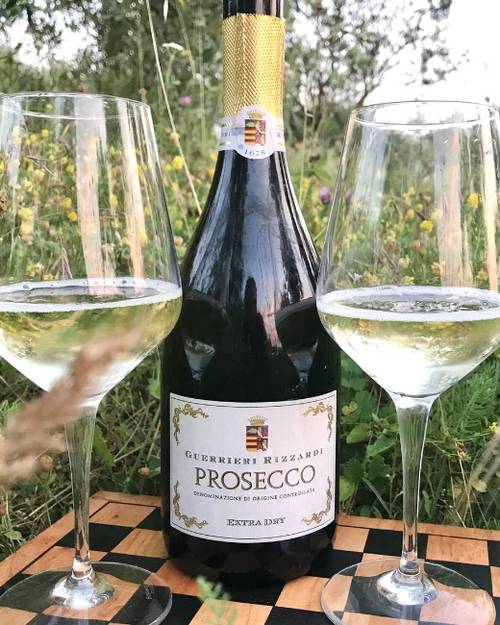
Prosecco, Italy
WAS €16.45 NOW €13.95 (Part of our spring savings offers.)
Finally, we have an Italian beauty. It comes from the award-winning Guerrieri Rizzardi estate which has a winemaking history dating back to 1649. With ripe peach and pear flavours and an appealing acidity it’s a fantastic fizz for the price.
BUY NOWAll prices are correct at the time published. Please check our website or stores for the most up-to-date pricing.
Select a store below for Click & Collect of
Click & Collect Is Now Available
Say hello to Click & Collect! We’re rolling out to stores nationwide, making it easier than ever to get your favourite wines, beers and spirits online and pick them up in-store.